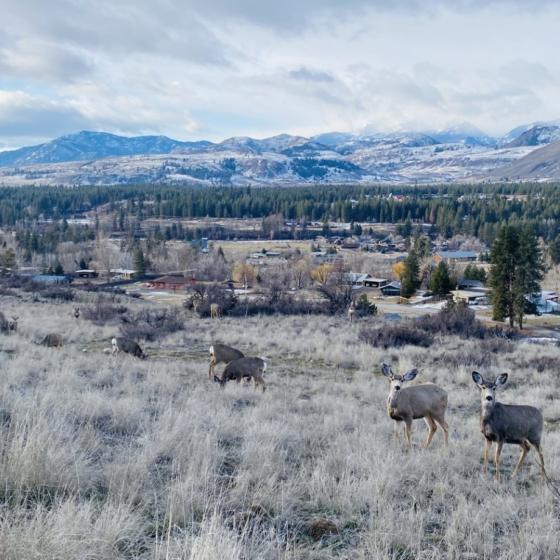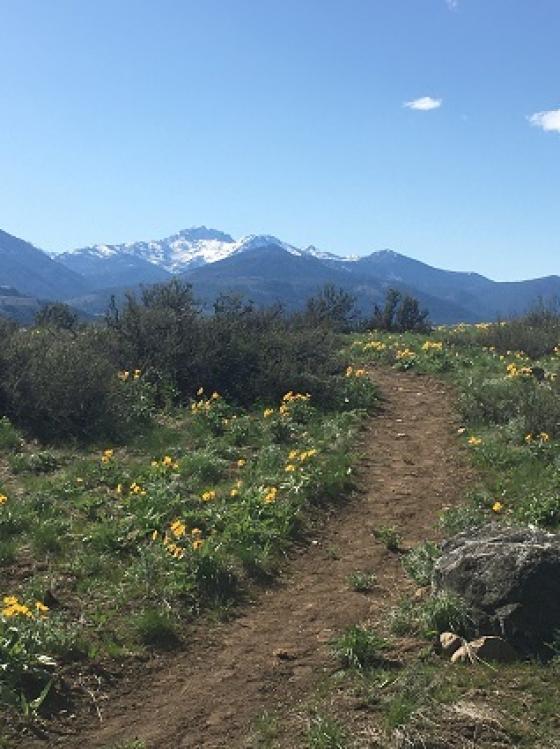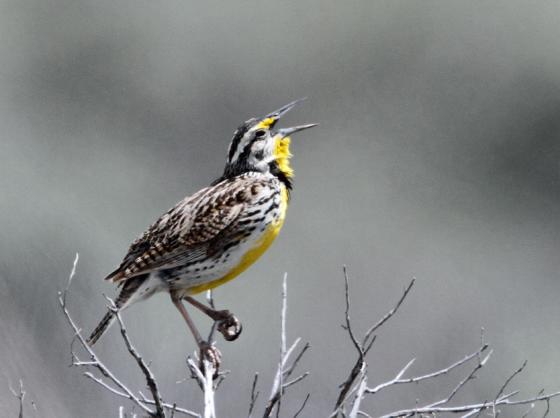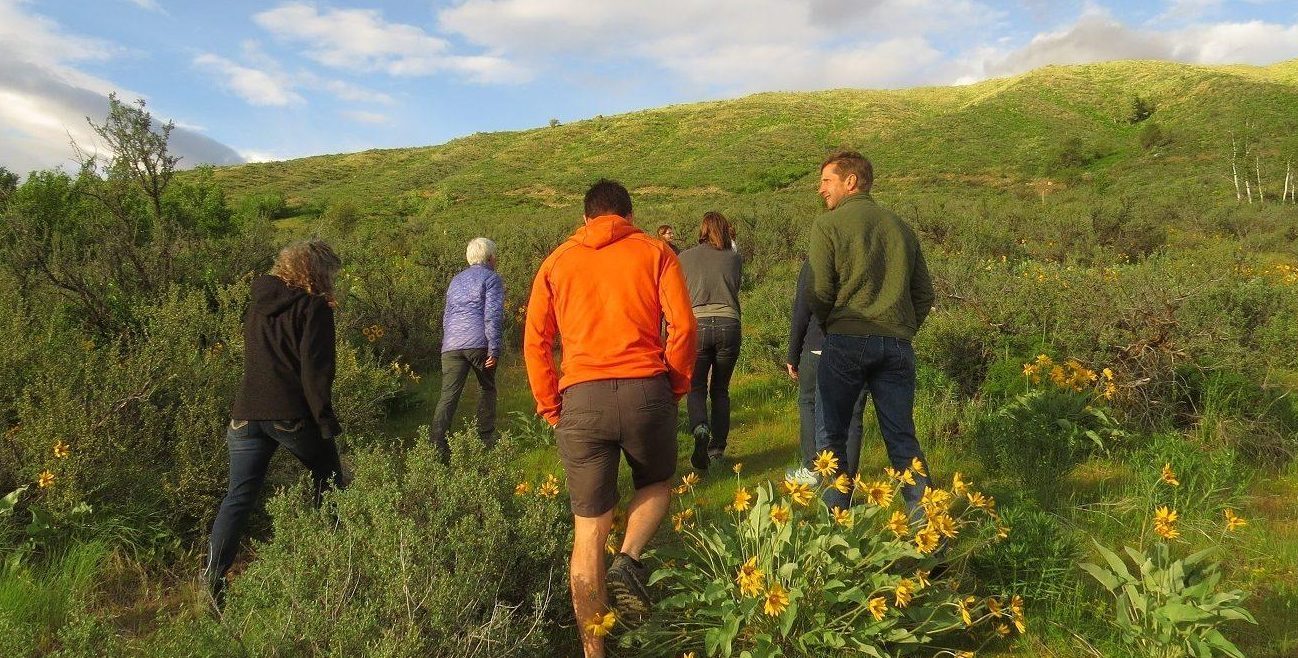Heckendorn History
Throughout the 1900s and early 2000s, the Meadowlark Natural Area was known as the Heckendorn property, as it was purchased and owned by the Heckendorn family for 120 years. It was once part of the Town of Heckendorn, which had a general store, a lodge hall, roller rink, and a movie house. Without a school or bank, it was incorporated into the Town of Winthrop in 1924.
David Eugene (D.E.) Heckendorn, also known as “Gene” or “Judge,” moved to Winthrop with his family in 1899. Along with his stepfather James Sullivan and his mother Louisa Heckendorn Sullivan, Judge took the train from Wisconsin to Coulee City and then hopped on a wagon over Brewster Mountain to the Methow Valley. The Sullivan-Heckendorn family was among the first non-Native settlers of the Heckendorn area and set up a log hotel to serve visitors to the area.
In 1903, four years after Judge’s arrival in the Valley he platted the Town of Heckendorn one half mile down river from the Town of Winthrop. It appears there was some competition between the two towns in those early years. Many early residents disliked Guy Waring, the owner of the general store in Winthrop, and so Dean Mclean opened up a competing general store in Heckendorn with more of a working-class atmosphere. In addition to a general store, Heckendorn eventually got a lodge hall, roller rink, a ballfield, and a movie house. Heckendorn never was able to get the institutions to secure its long term future, like a bank or school, and so in 1924 Heckendorn was incorporated into the Town of Winthrop.
Clarence Heckendorn, the son of the Judge, grew up in the town of Heckendorn, and was one of the first students to attend the Winthrop School. Apparently, Clarence had an aptitude for cutting firewood and would cut 100 cords every year. He spent most of his working life as a jack of all trades; riding range, shoeing horses for coal miners, digging wells, running a meat market and a dairy, and serving as a local justice (like his father). Clarence and his wife Mary had two children, Henry and Robert. Henry, “Hank,” the oldest became an engineer for Boeing and a later a member of the Washington State Legislature, as well as a lawyer in his own firm.
Hank’s younger brother Robert, “Bob,” graduated from Winthrop High School and went on to attend the University of Washington, after which he became an electrician in Seattle. Bob married Donna Winters and the couple had four children: Robert, Thom, Janis, and John.
Janis Haines, Bob’s third child and only daughter, remembers her father driving over to the Methow Valley to hunt or fish and explore the mountains with his father, Clarence and his son, Thom. “My younger brother and I were too little to join them,” Janis says, “so we’d stay at my grandfather’s house. After fishing Big and Little Twin, or Davis Lake, or Pearrygin Lake, Grandma would fry us fish in the morning for breakfast.”
“It was crazy,” Janis says. “My dad would drive five hours just to get to the Methow Valley, and then as soon as he arrived we'd all get in my grandfather's old car and we would head for the hills just to hear his stories and enjoy the beauty of it all.”
As the eastern backdrop to the Town of Winthrop, the 146-acre former Heckendorn homestead is visible from many parts of the Winthrop area and included substantial development potential. By purchasing the property to from Bob, the Methow Conservancy ensured that 139 acres of open space would forever be available to the community as a place to walk, explore, or simply sit and absorb the beauty of the property and the expansive views it affords of the valley floor and distant peaks.
Bob appreciated the proximity of Sullivan Cemetery, Janis says. The Sullivan and Heckendorn families were intimately connected, as Louisa Heckendorn Sullivan was the mother of D.E. Heckendorn (the Heckendorn founder and father of Clarence) from a previous marriage. Sullivan Cemetery opened in 1903, the same year D.E. platted Heckendorn.
“There’s a lot of family history in that cemetery,” Janis says. “We love visiting all the family. They’re all buried on the side next to the old homestead. We can just sit there and look up at the hillside, all quiet and peaceful and beautiful. It’s so lovely to have it in its natural state.”
Bob always told Janis that the phrase “Happy Trails” best captured his sentiment about the old homestead. Although Bob passed away before he could see the property developed into trails, before he could see people of all ages walking and running on the footpaths invite exploration, before he could see Heckendorn neighborhood residents walking their dogs or enjoying early morning strolls, Bob made a strong connection between “Happy Trails” and the trails that would eventually offer happiness to so many people.





